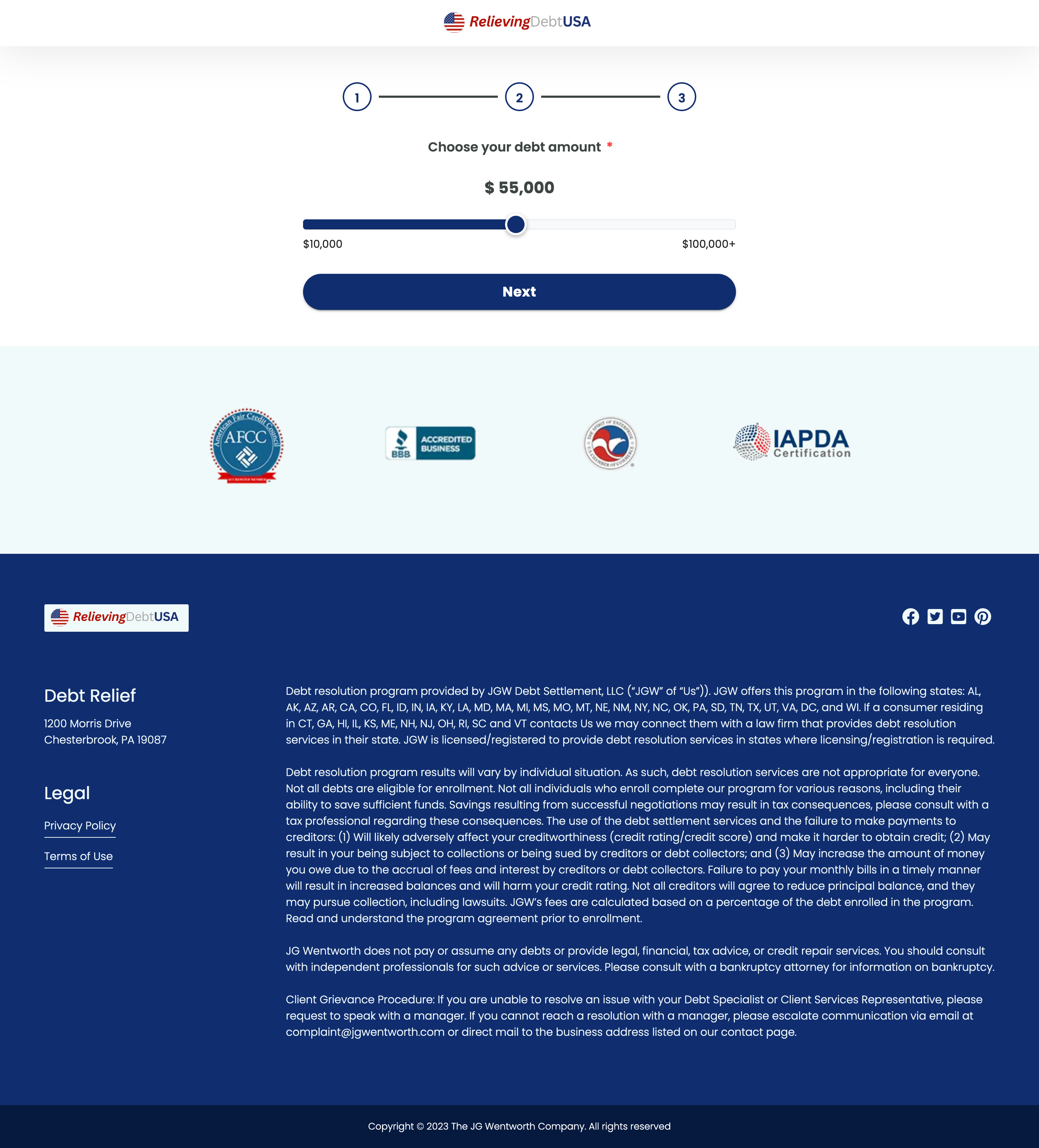How to Automate Landing Page Archiving
Introduction
In today’s fast-paced digital landscape, having immediate and uninterrupted access to your marketing content is crucial. For businesses and digital marketers, landing pages play a significant role in engaging potential customers and driving conversions. Automating the archiving of such pages ensures that you maintain a historical record, stay compliant with legal obligations, and safeguard against data loss. In this guide, we explore how to automate landing page archiving effectively.
Why Archive Landing Pages?
Archiving landing pages offers several benefits:
- Legal Compliance: In some sectors, maintaining records of digital communications is a legal requirement.
- Benchmarking and Analysis: Archived pages provide valuable insights into past strategies and their success rates.
- Disaster Recovery: In case of accidental deletion or server failures, archives act as backups.
Traditional Methods of Archiving
Traditionally, archiving landing pages was a manual process. It involved capturing screenshots or saving a copy of the HTML manually through browsers. However, these methods prove tedious and are prone to human error, especially when managing multiple campaigns and landing pages.
Importance of Automation
Automating the process of archiving landing pages provides several advantages:
- Efficiency: Automation reduces the time and effort required to archive pages.
- Consistency: Automated tools ensure that archiving processes are consistent and reliable.
- Scalability: It allows businesses to manage increasing volumes of landing pages effortlessly.
Tools for Automating Landing Page Archiving
Numerous tools exist for automating landing page archiving, each catering to different requirements. One such prominent tool is the Chrome extension, Landing Page Ripper. These tools facilitate one-click downloads of landing pages, capturing HTML, CSS, and images for offline access.
How to Start Automating Landing Page Archiving
Step 1: Choose the Right Tool
Select a tool that suits your specific needs. Consider features such as ease-of-use, compatibility with your existing workflow, and the ability to download complete landing pages.
Step 2: Installation and Setup
After selecting a tool, install and configure it. This often involves simple installation processes like downloading a browser extension or setting up software.
Step 3: Define Your Archiving Strategy
Determine the frequency and method of your archiving process. For some, a daily backup might be necessary, while others might find a weekly schedule sufficient.
Step 4: Execute and Monitor
Run your tool according to the defined strategy. Monitor to ensure it is capturing all necessary elements of your landing pages.
Best Practices
- Regularly Update Your Tools: Ensure your chosen tools are always updated to the latest version for optimal performance and security.
- Test Archives: Regularly verify that archived pages are complete and accessible.
- Manage Storage Wisely: Use efficient storage solutions to manage data from archived landing pages.
- Train Your Team: Ensure that all relevant team members are familiar with the archiving process and tools.
Conclusion
Automating the archiving of landing pages is a critical step in managing digital marketing assets effectively. By implementing the strategies and tools discussed, businesses can ensure the security and accessibility of their landing pages while freeing up valuable time for more strategic tasks. For those seeking an efficient solution, utilizing a landing page ripper tool like the Landing Page Ripper Chrome extension is highly recommended. It offers a seamless way to download and save landing page content and images effortlessly.









